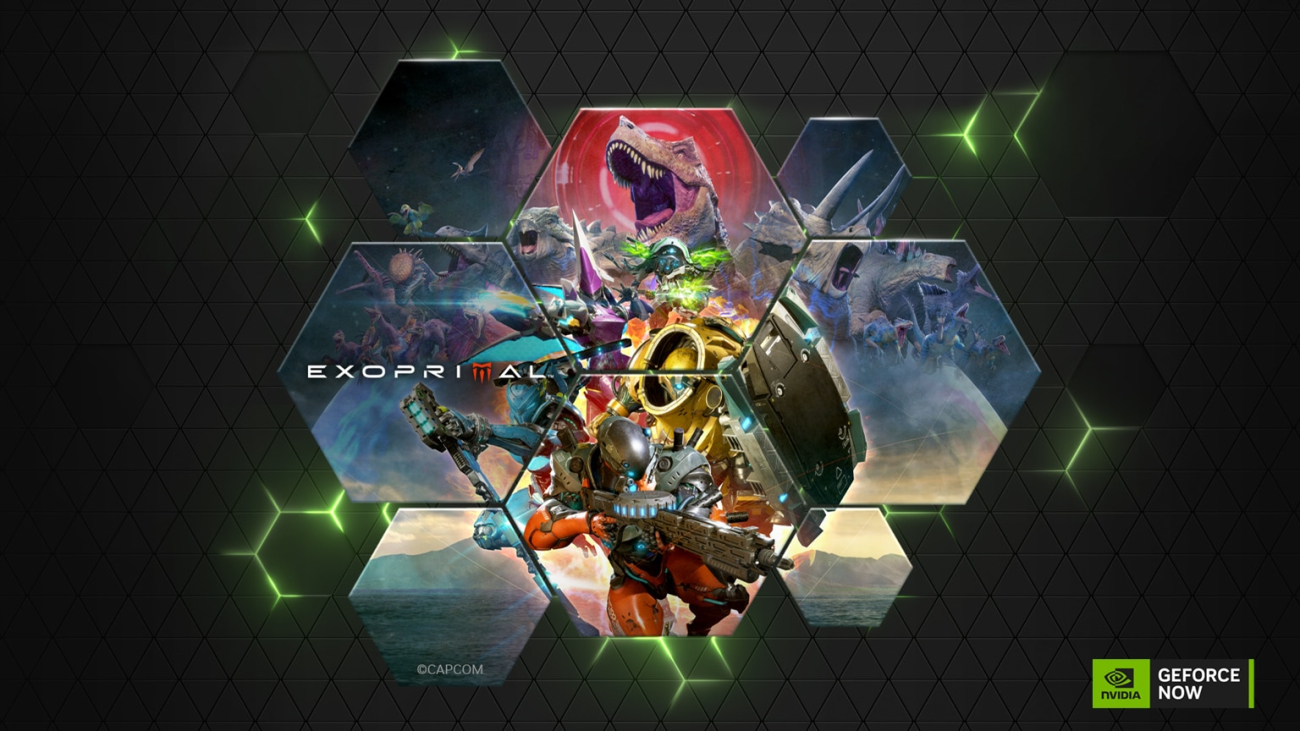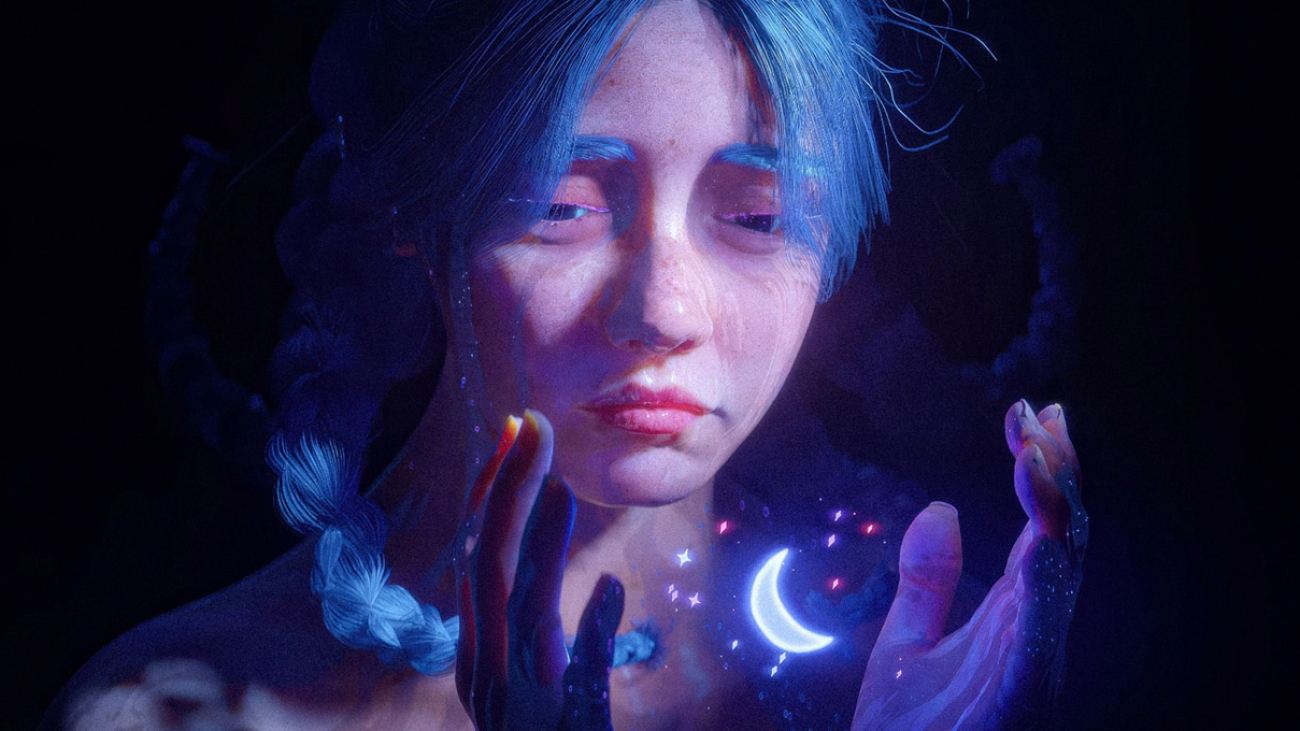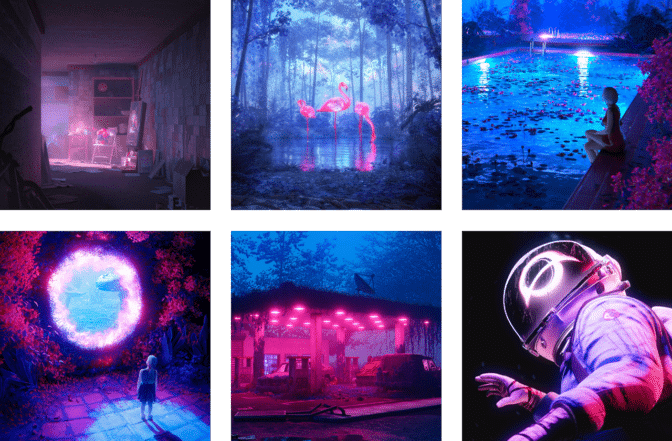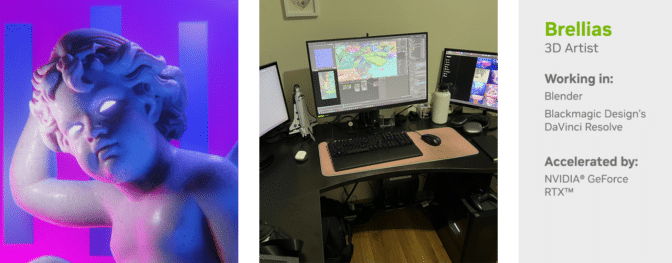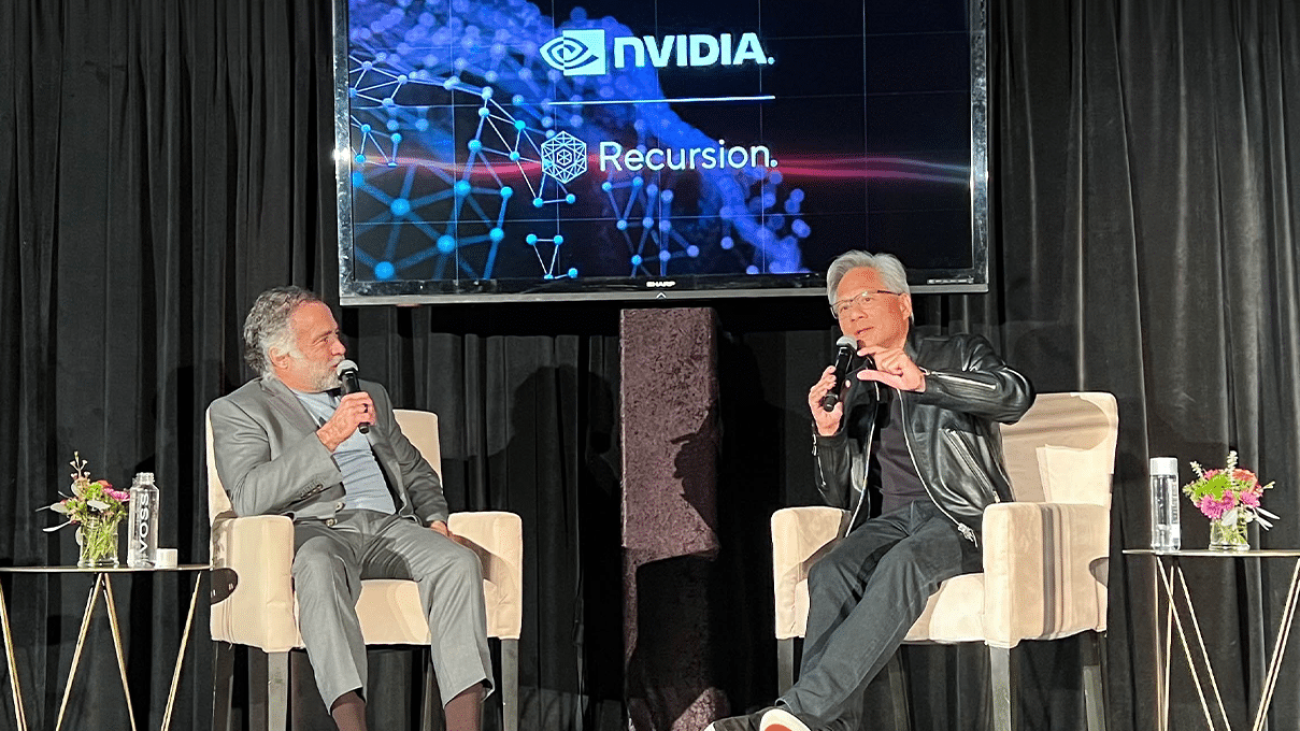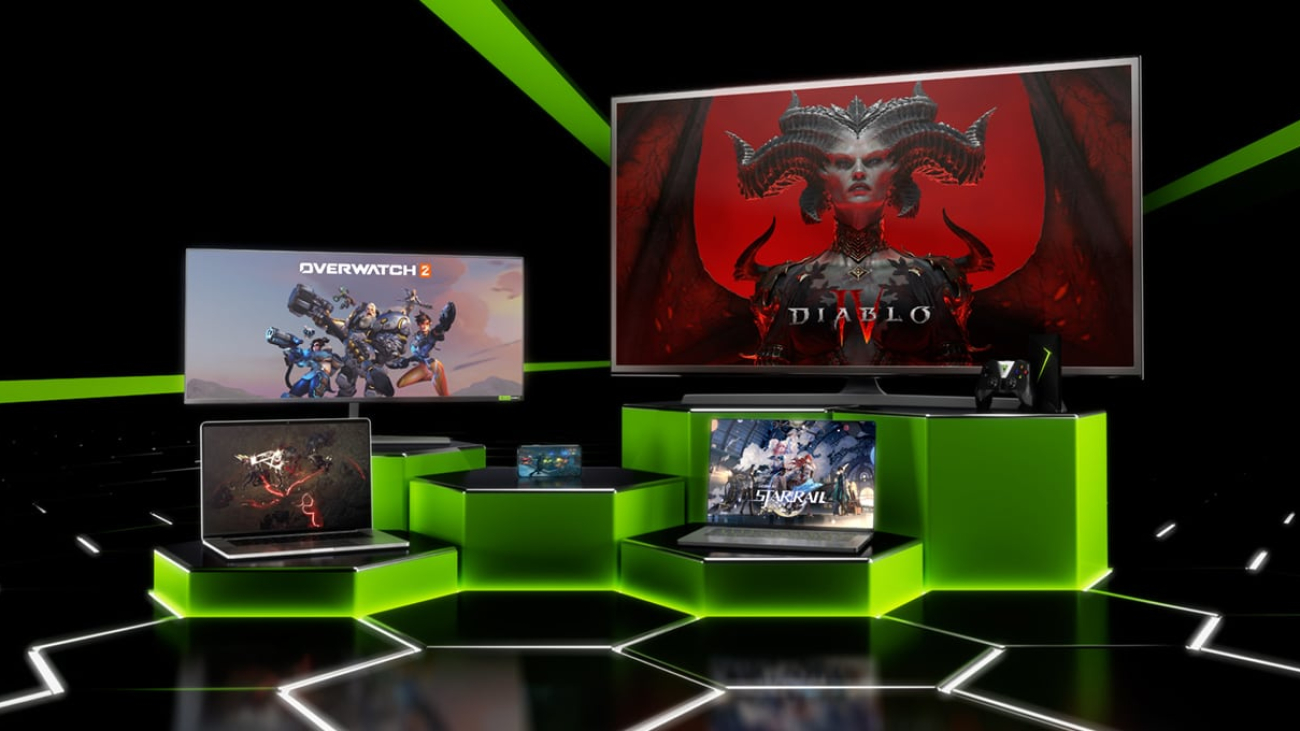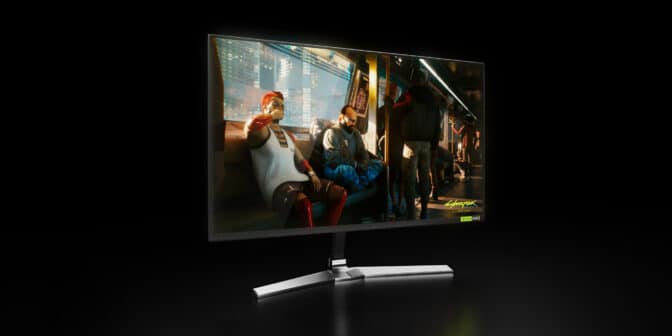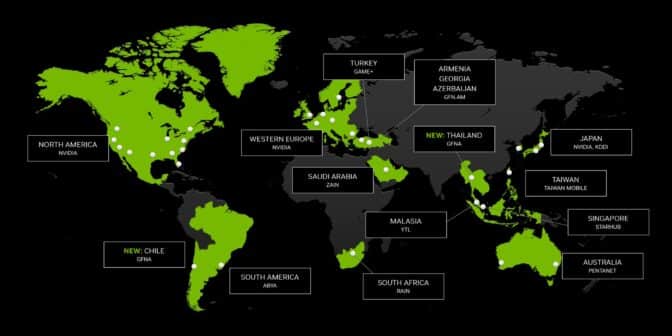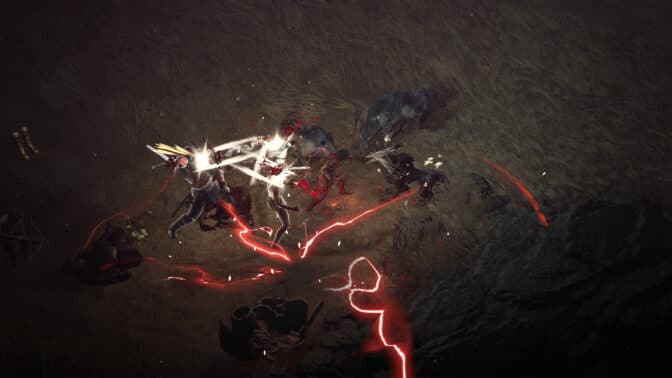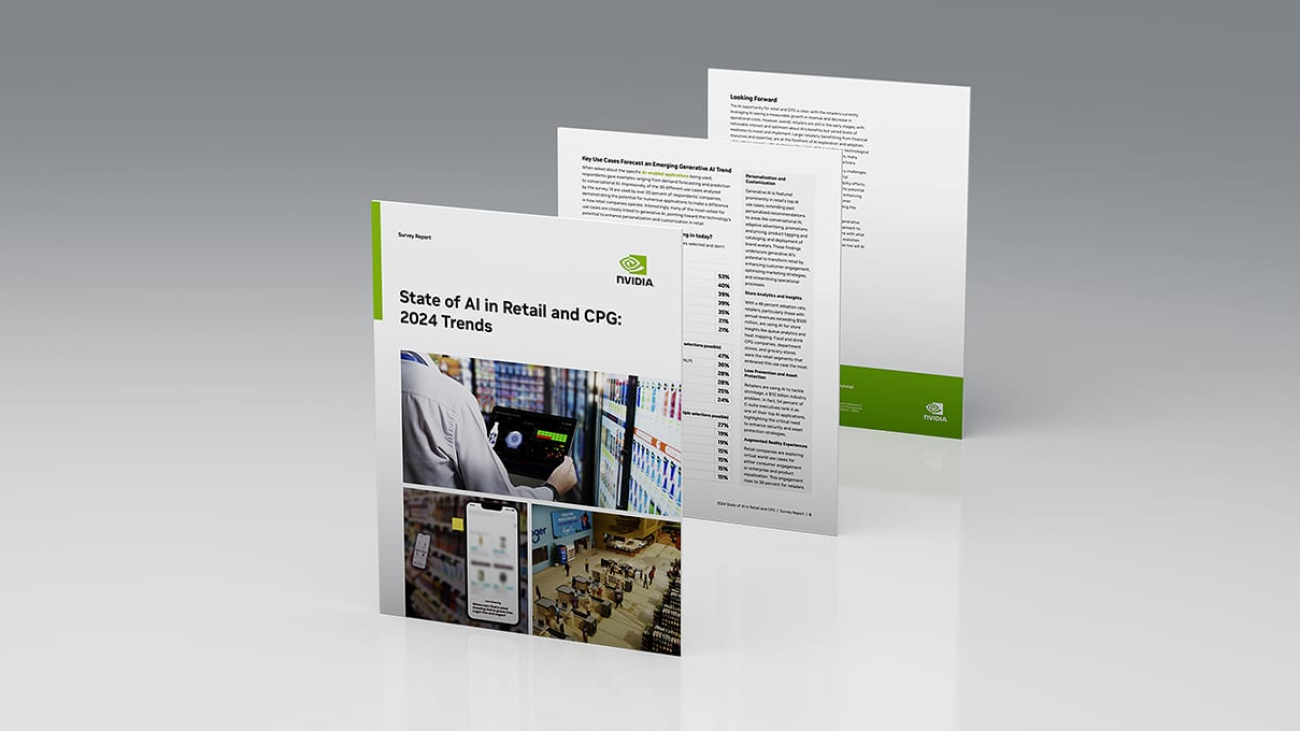Hold on to your seats — this GFN Thursday is unleashing dinosaurs, crowns and more in the cloud.
Catch it all on Capcom’s Exoprimal and Ubisoft’s Prince of Persia: The Lost Crown, leading 10 new games joining the GeForce NOW library this week.
Suit Up, Adapt, Survive
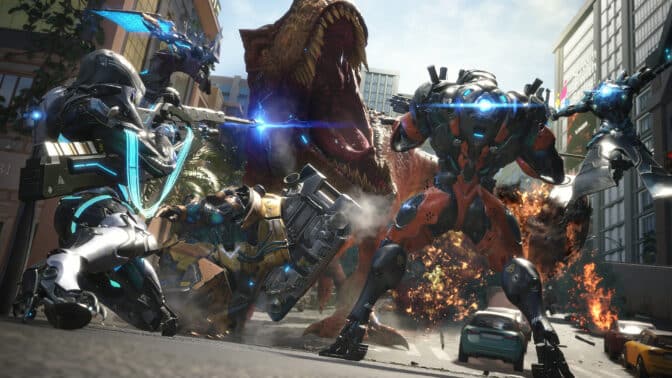
Don cutting-edge exosuit technology and battle ferocious dinosaurs on an Earth overrun with waves of prehistoric predators. Capcom’s online team-based action game Exoprimal is now supported in the cloud.
Face velociraptors, T. rex and mutated variants called Neosaurs using the exosuit’s unique weapons and abilities. Join other players in the game’s main mode, Dino Survival, to unlock snippets and special missions from the original story, piecing together the origins of the dinosaur outbreak. Change exosuits on the fly, switching between Assault, Tank and Support roles to suit the situation.
Catch the game in the cloud this week alongside the release of Title Update 3, which brings a new mission and special Monster Hunter collaboration content, a new map, new rigs, plus the start of the third season. Ultimate members can enjoy it all at up to 4K resolution and 120 frames per second, and new players can purchase the game on Steam at 50% off for a limited time.
Return to the Sands of Time

Defy time and destiny to reclaim the crown and save a cursed world in Prince of Persia: The Lost Crown. It’s the newest adventure in the critically acclaimed action-adventure platformer series, available to stream in the cloud this week at the game’s PC launch.
Step into the shoes of Sargon, a legendary prince with extraordinary acrobatic skills and the power to manipulate time. Travel to Mount Qaf to rescue the kidnapped Prince Ghassan. Wield blades and various time-related powers to fight enemies and solve puzzles in a Persia-inspired world filled with larger-than-life landmarks.
Members can unleash their inner warrior with an Ultimate membership for the highest-quality streaming. Dash into the thrilling game with support for up to 4K resolution at 120 fps on PCs and Macs, streaming from GeForce RTX 4080-powered servers in the cloud.
Time for New Games

In addition, members can look for the following:
- Those Who Remain (New release on Xbox, available on PC Game Pass, Jan. 16)
- Prince of Persia: The Lost Crown (New release on Ubisoft and Ubisoft+, Jan. 18)
- Turnip Boy Robs a Bank (New release on Steam and Xbox, available for PC Game Pass, Jan. 18)
- New Cycle (New release on Steam, Jan. 18)
- Beacon Pines (Xbox, available on the Microsoft Store)
- Exoprimal (Steam)
- FAR: Changing Tides (Xbox, available on the Microsoft Store)
- Going Under (Xbox, available on the Microsoft Store)
- The Legend of Nayuta: Boundless Trails (Steam)
- Turnip Boy Commits Tax Evasion (Xbox, available on the Microsoft Store)
What are you planning to play this weekend? Let us know on X or in the comments below.
+
=
—
NVIDIA GeForce NOW (@NVIDIAGFN) January 17, 2024

